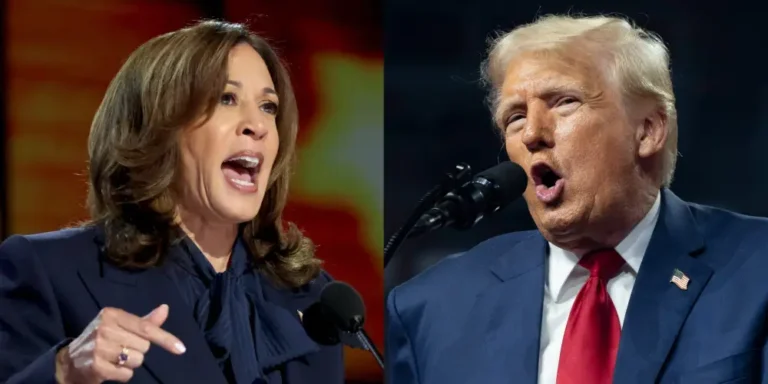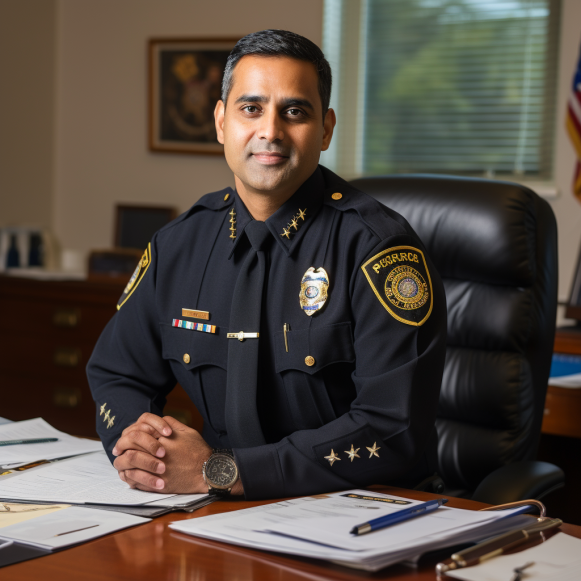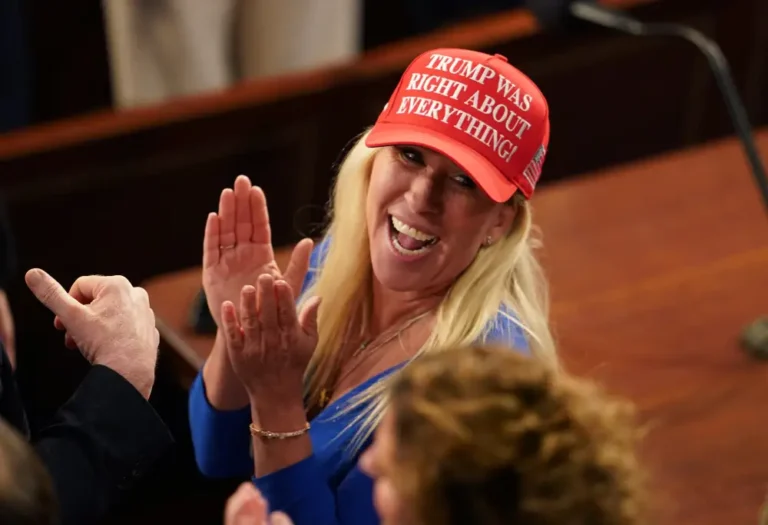The next would-be assassin may be a drone pilot. US law enforcement doesn’t look ready.

The Secret Service failed to stop a gunman before he fired eight shots at presidential candidate Donald Trump at a July 13 rally. Experts worry law enforcement isn’t ready for the rising threat drones pose.
The July assassination attempt against Donald Trump came within an ear’s breadth of killing a presidential candidate. It also featured a familiar weapon: a rifle, similar in many ways to firearms that have killed American political figures over the years, including President John F. Kennedy six decades ago.
But what if the would-be Trump assassin had instead used a drone rigged with explosives?
This is becoming a weapon of choice in Ukraine and across the Middle East, a remote-controlled flying bomb that would likely have more seriously wounded the Republican candidate. Security experts warn that inexpensive drones can be easily transformed into dangerous weapons by extremist groups in the West.
For the US Secret Service and other executive protection agencies, keeping prominent figures safe from traditional threats — guns, knives, bombs — is challenging enough. Drones offer a new and dangerous threat that law enforcement isn’t ready for.
“It is the easiest thing in the world to hook a small piece of explosive to a drone, and send it over an event,” Kent Moyer, president of World Protection Group, a California-based private security firm, told B-17.
When it comes to protecting dignitaries, or stadium events such as sports and concerts, “nobody is really doing countermeasures against drones,” said Moyer.
In fact, the Secret Service has established drone-free zones that prohibit flights within a 30-mile radius of presidential speaking engagements. The Secret Service also jams drone signals near the White House.
Nonetheless, the 20-year-old gunman who wounded Trump at a campaign rally in Butler, Pennsylvania on July 13 used a drone to scan the site just hours before he climbed the roof of a nearby building with a rifle. The FAA did impose restrictions on aerial drone flights for about two hours around the time of Trump’s speech, though it is unclear whether jamming was in effect. But given a litany of security foul-ups that day, such as failure to secure nearby rooftops, and lack of coordination between the Secret Service and local police, there is ample reason to doubt whether the rally was drone-proof.

Secret Service agents rush to protect former President Donald Trump during the July 13 assassination attempt.
Assassination by drone is hardly new, at least for militaries and spy agencies. The US, Britain, Israel and other nations have done it for more than two decades, using larger drones such as the $30 million MQ-Reaper, armed with laser-guided missiles filled with explosives or even sharp metal blades that shred the target. But the danger now is that an insurgent or extremist can weaponize a $300 drone and strike a person within a half dozen miles with little warning.
Despite the proliferation of small drones in private hands, including terrorist groups such as Islamic State, they have not really been employed for non-state-sanctioned attacks on public figures. But the omens are there, notably in 2018, when Venezuelan president Nicolás Maduro survived an attack by explosive drones while giving a speech in Caracas.
Even in the best of times, there is a near-infinite variety of ways to harm a prominent public figure: snipers with telescopic sights, fanatics and lunatics with knives, car bombs, and humans who turn themselves into walking bombs. Four US presidents were assassinated between 1865 and 1963 with old-fashioned rifles and pistols.
In that sense, drones are just another iteration in an assassin’s kit. They can be used to surveil a target zone, as happened at the Trump rally. They can carry explosives, as in the Venezuela attack, or even chemical or biological weapons, thus effectively becoming a stand-off strike weapon like a missile or mortar that has a larger kill zone. A small quadcopter can be purchased online for a few hundred dollars, and flown by someone with minimal training and experience.
This doesn’t mean that drones will necessarily become the tool of choice for aspiring assassins. Under some circumstances, such as the presence of jamming or bad weather, drone attacks may be difficult. One possibility is using aerial drones and ground robots to distract a dignitary’s bodyguards, facilitating attack by conventional means.
“Often, the use of a drone in concert with another platform might be the optimum approach,” Daniel Gerstein, a drone expert for the RAND Corp. think tank, told B-17.
Defense against drones is hard even for troops on the battlefield, as shown in the Ukraine war, where Russia and Ukraine have lost large numbers of personnel and equipment despite the use of jammers and anti-aircraft guns and missiles. But knocking down drones during a crowded event, such as a politician’s stump speech, is much more tricky.
“Even simple measures such as jamming GPS signals can be effective,” Gerstein said. “Of course, one must worry about collateral damage if a drone is engaged and falls out of the sky. The debris could be deadly to civilians.”






